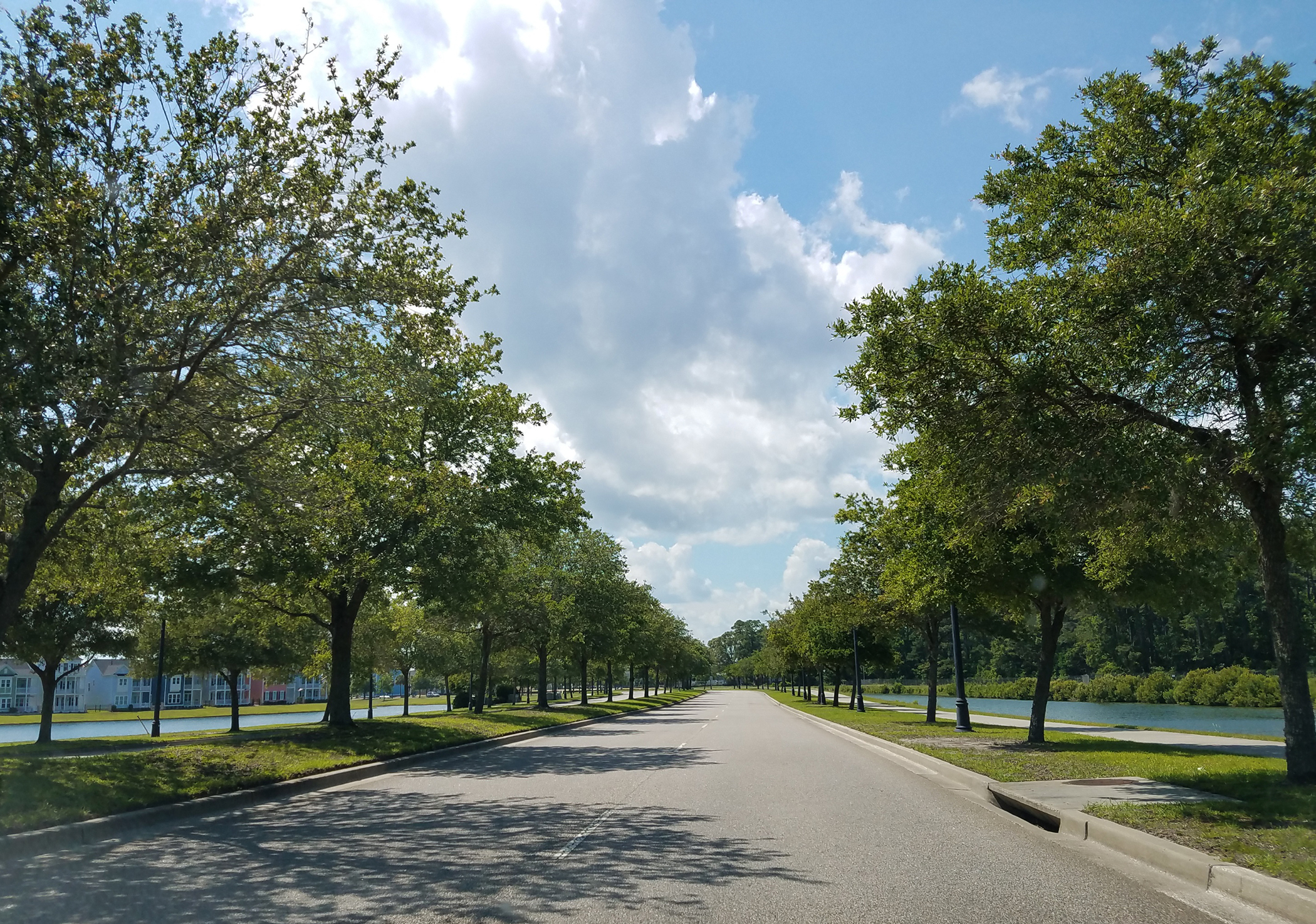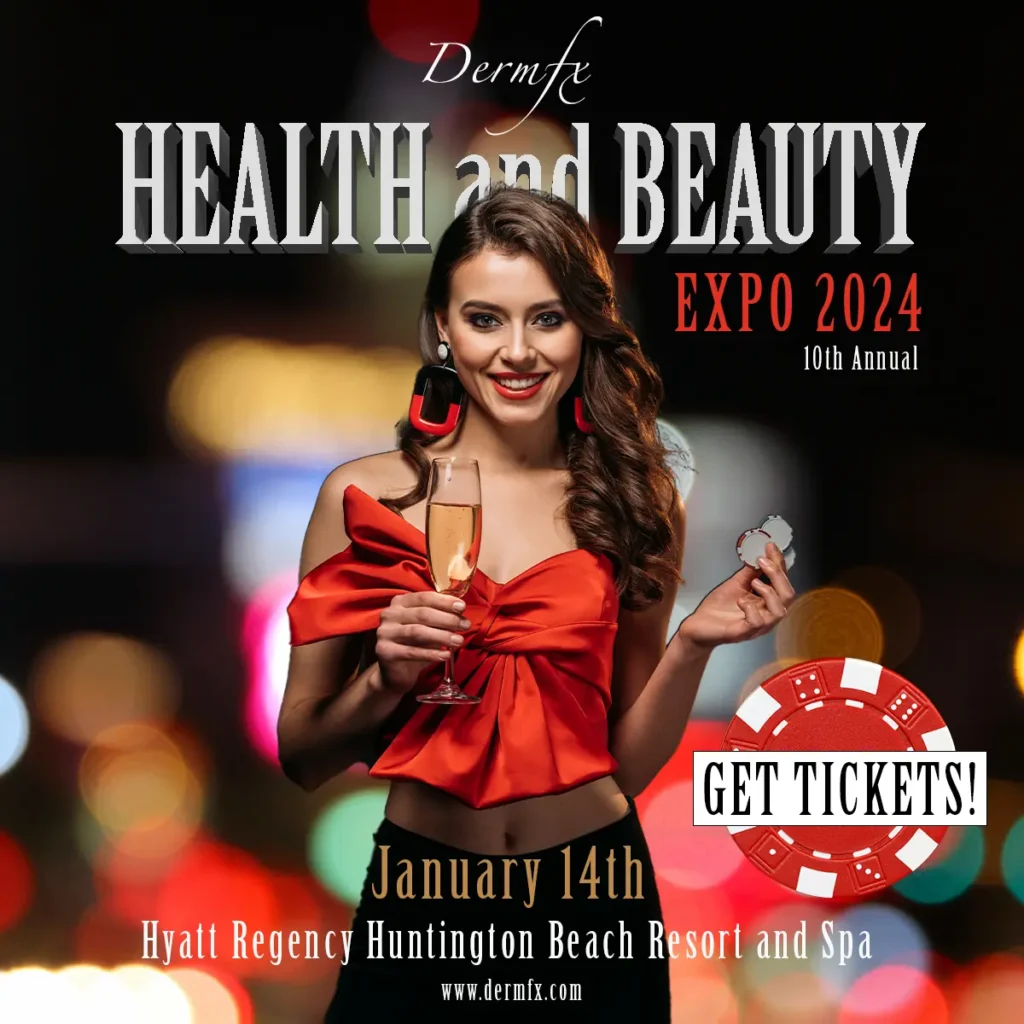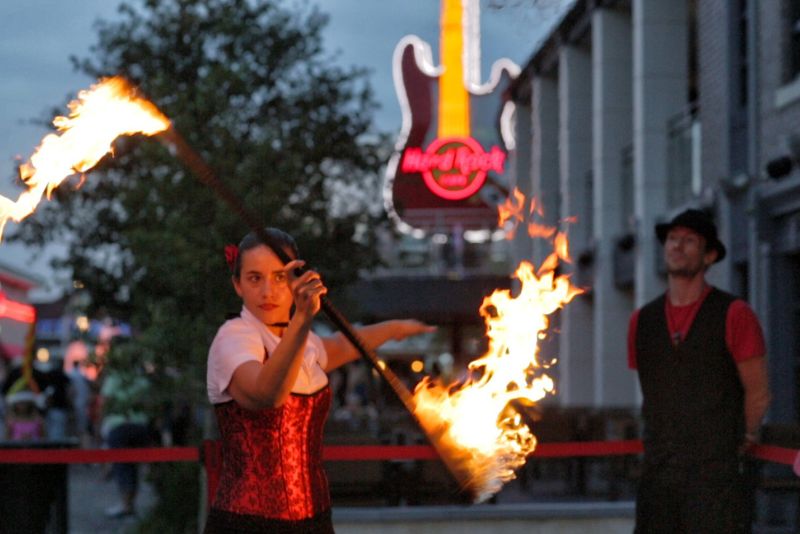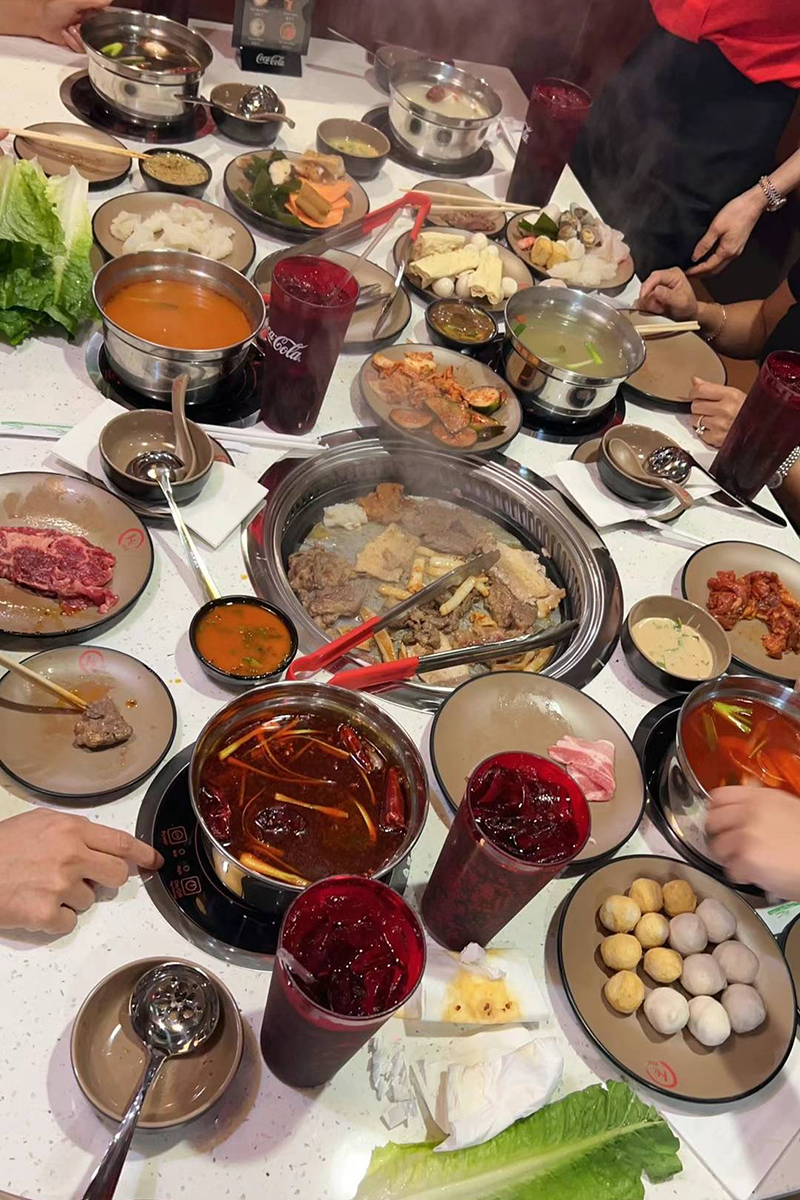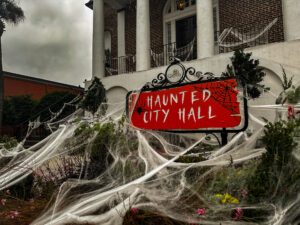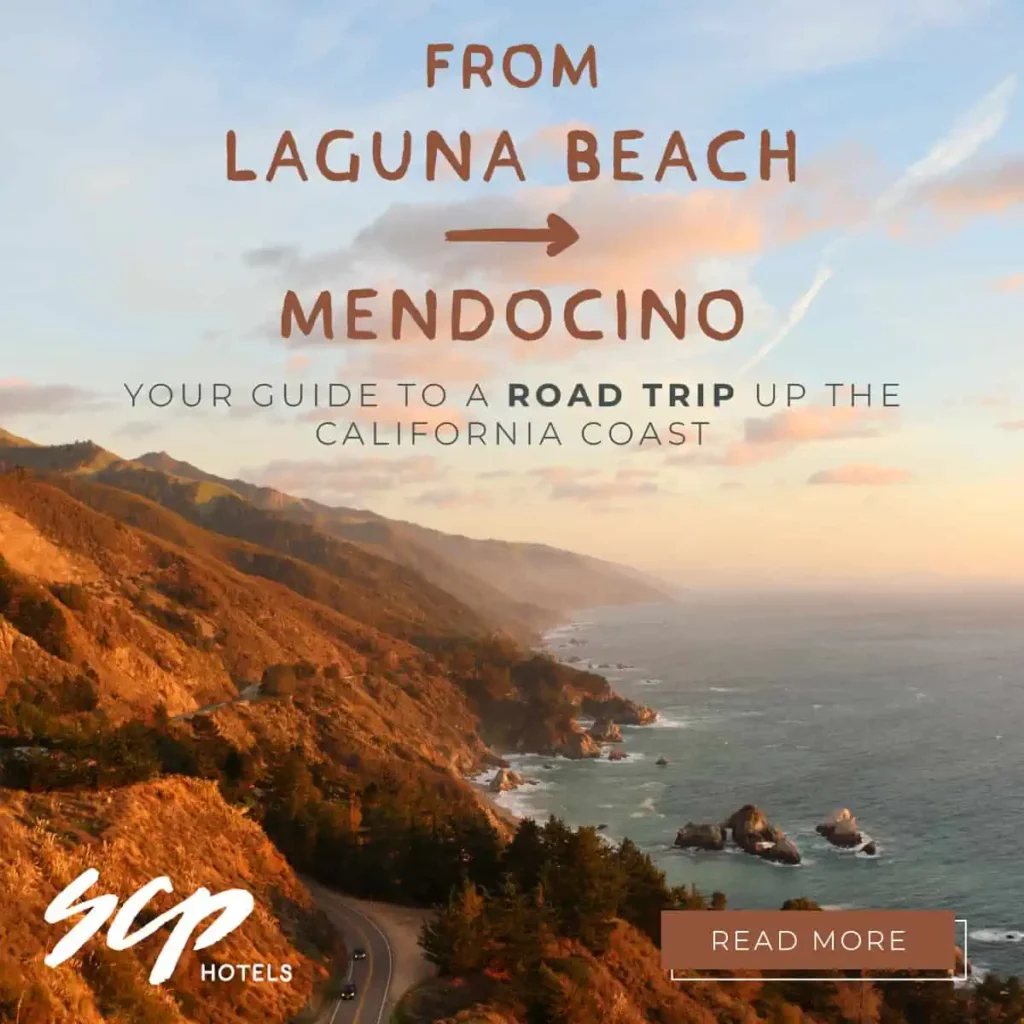by the City of Myrtle Beach
Newcomers to Myrtle Beach may wonder why Farrow Parkway is so named or who Mr. Joe White was. The city has a vast collection of roads, buildings and parks named in honor of those who contributed to our city’s remarkable growth and progression. Here are just a few examples to satisfy your curiosity.
Nance Plaza at the intersection of Ninth Avenue North and Kings Highway was named for Daniel Wayne Nance and Mary Ellen Todd Nance in recognition of their significant contributions to Myrtle Beach’s early civic, business and religious growth.
A master builder, Daniel Nance was responsible for many downtown buildings, as well as historic homes built along North Ocean Boulevard. Mr. Nance moved to Myrtle Beach in 1909, arriving by ox-cart.
Mrs. Nance’s family owned a large farm and fishery near Withers Swash. Together, the couple raised ten children while building and operating guest-boarding facilities during the city’s early years.
Mr. Joe White Avenue is named for a humble shoeshine man remembered for his friendly smile and colorful personality. Julius “Joe” White was born in Georgetown in 1910 and moved to Myrtle Beach in 1930.
A self-described “shoe stylist,” he began shining shoes for a nickel in the sixth grade, using the money for lunches and Sunday School tithes. In the early years, Mr. Joe could be found shining shoes at local barbershops and the Ocean Forest Hotel. When that hotel closed, he settled into a chair at Woody’s Arcade Barbershop, off 10th Avenue North. Mr. Joe passed away in 1997, and the street was named in his honor in early 2002.
Mr. Joe never learned to drive, but bicycled to and from his home in the Nance neighborhood, always giving people a friendly honk and wave. In 1991, the South Carolina General Assembly recognized Mr. Joe White and his wife, Louise, for their exemplary lives.
Rourk Street, which branches off of 82nd Parkway near the Grand Strand Regional Medical Center, is named for Dr. W.A. Rourk, an early physician in Myrtle Beach. During the 1930s and 1940s, when other doctors would not treat African American patients, Rourk did— and treated all community members equally and with respect.
Farrow Parkway, which runs through the Market Common, is named for Lieutenant William G. Farrow of the U.S. Army Air Corps. A native of Darlington, SC, Lt. Farrow piloted a B-25 bomber over Japan during World War II as one of Doolittle’s Raiders. Farrow and his crew were captured in April 1942 when their plane ran out of fuel and crashed. He was executed in October of that year.
Fred Nash Boulevard, which intersects Farrow Parkway, is named for a local resident who rescued an Air Force pilot whose T-33 trainer crashed and burned near the Myrtle Beach State Park Pier in 1958.
At age 71, Nash rushed to the burning aircraft and helped the pilot to safety. Nash was seriously burned and later received the U.S. Air Force Exceptional Service Award for his heroic actions.
Myrtle Beach has a whole page with dozens of these namesakes on the city’s website, www.cityofmyrtlebeach.com.
Go to “I want to find” and “Honorary Namesakes” to read the full list.


